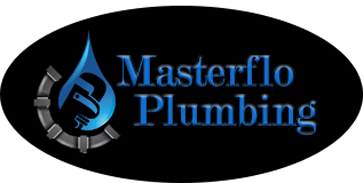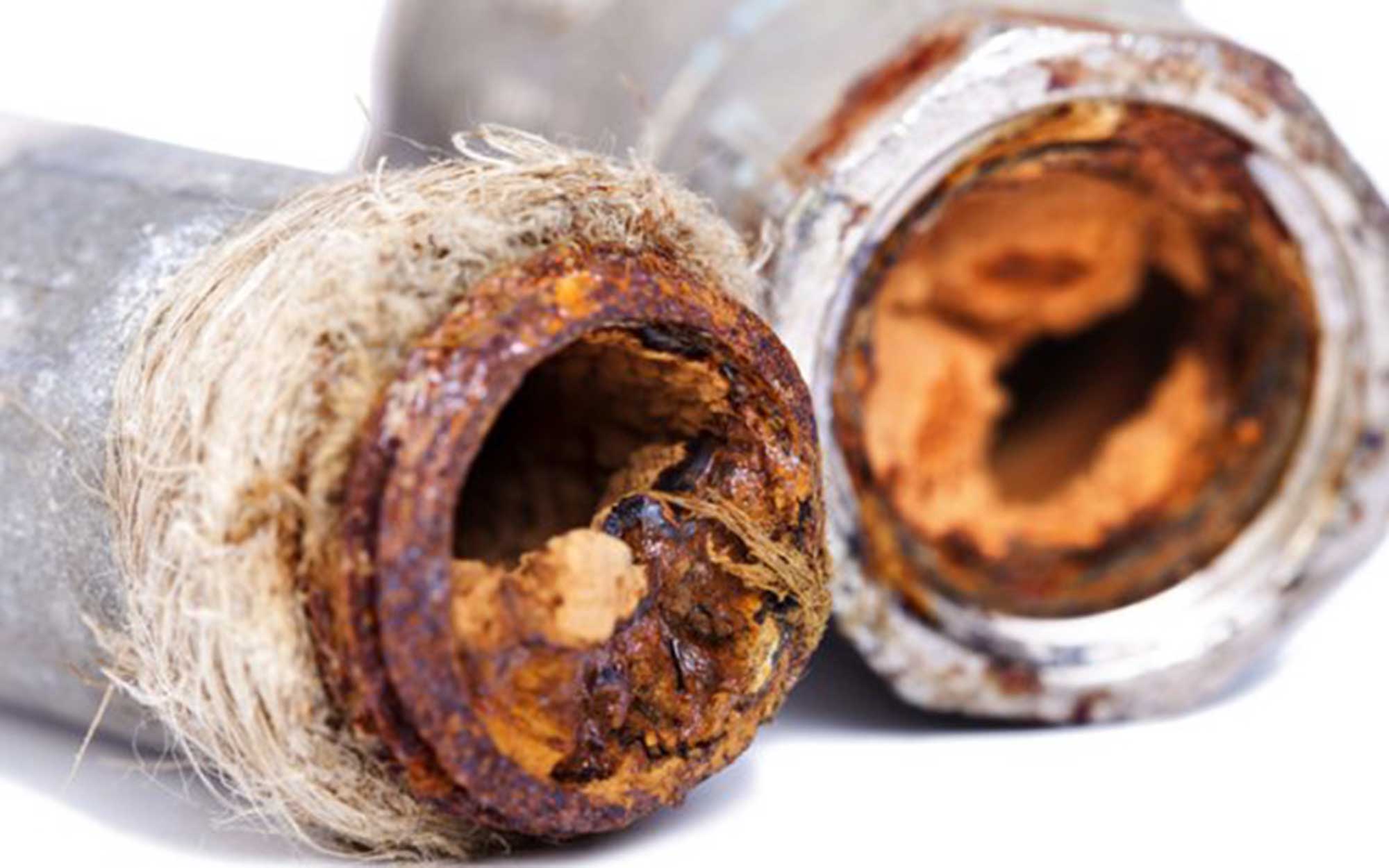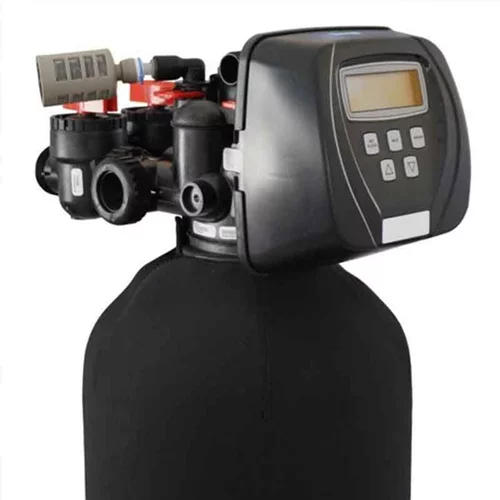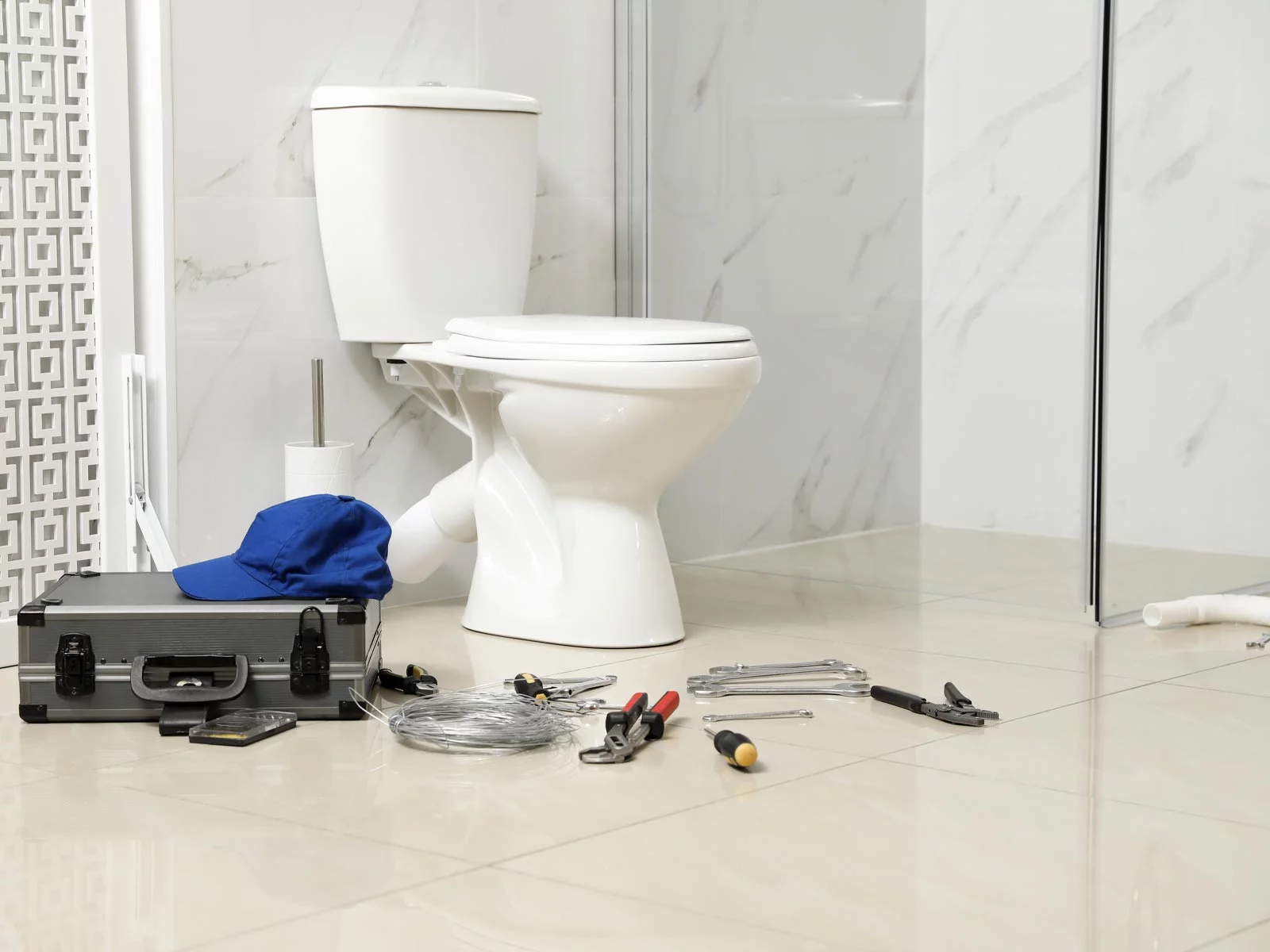Hunting for clues to hidden rust in your plumbing? Learn the 7 best ways to identify and address rusty pipes in your home.
Continue readingCovid-19 Precautions
During this difficult and unprecedented time we would like our current and future customers to know that we take your safety and the safety of our employees very seriously. At Masterflo Plumbing, we are committed to continuing to serve our residential and commercial customers with the same level of expediency and quality our customers have come to know and value.
The U.S. Department of Homeland Security lists plumbers as essential workers who are obligated to maintain service as usual. As we continue to work and serve our customers, we have taken extra precautions to maintain the health and safety of our employees as well as our customers. At Masterflo Plumbing we are continuing to monitor this rapidly changing situation and are complying with all CDC recommended guidelines.
Our certified plumbing technicians are equipped with the following:
- Sanitary Masks
- Sanitary Gloves
- Hand Sanitizers
- Sanitary Foot Covers
We take your safety seriously and will take every precaution when in your home or business to ensure the health and safety of you, your family, and your employees.
Thank you for your continued business and support of Masterflo Plumbing. To schedule service please call 678-822-7095 or email [email protected].
Toilet Repair Tips- Caulking
Toilet Repair Tips- Caulking
Let’s face it- toilets can get nasty. There’s really no way around it. The caulking that seals your toilet to the floor can get nasty as well, so today we’re going to talk about a way to remedy that.
- First you’ve got to remove the old caulk. A flat head screwdriver is a great way to do it.
- Once all the old caulk is gone, clean the area really well.
- Let the area dry out really, really well. If its not completely dry before you re-caulk, you’ll just be inviting mold to grow back quickly.
- Using an adhesive bath caulk, re-caulk the toilet to the floor in sections. Smooth out each section with your finger as you go.
- Once you’re completely done, clean up any areas that need it with a wet sponge. Make sure to rinse your sponge so you don’t spread wet caulk around.
- Try to let the area dry for at least two hours and try not to get it wet for 36 hours.
In 6 easy steps you’ve got yourself a brand new looking toilet!
Plumbing Terminology 101
Plumbing Terminology
To kick off the weekend, let’s learn some plumbing terminology! You probably aren’t familiar with some of these, so read on to learn something new!
- drip channel- a metal channel installed on your shower door that keeps water from running down the door and puddling onto the floor
- nipple- a short piece of pipe installed between fittings
- o-ring- a rubber washer used to create a tight seal
- hardness leakage- traces of hardness in the mineral bed left by calcium and magnesium
- ballcock- the fill valve controlling the flow of water from the supply line to the toilet bowl
- sweating the pipe- soldering two pipe fittings together so that water can’t leak out
Quick Tips: How To Drain Your Hot Water Heater
Quick Tips: How To Drain Your Water Heater

Every homeowner should know how to drain a hot water heater. Over time, sediment can build up in the bottom of your tank which can cause problems. Draining your hot water heater is easy. Here’s a quick step-by-step guide on how to drain a water heater.
- Turn off the water supply- If its electric, turn off the power at the breaker box. If its gas, turn the thermostat to the pilot setting. Connect a drain hose to the valve near the thermostat and turn off the cold water supply.
- Drain the water- To prevent forming a vacuum, turn on one of the hot water faucets in your hosue (the tub, the sink, etc.). Open the drain valve on the hot water heater. Make sure the end of the hose that the hot water is draining out of is far away from anything that could be damaged by hot water.
- Get rid of any remaining sediment- Once all the hot water has drained out of the water heater, turn the cold water supply back on to flush out any sediment that remains in the hot water heater. Once all sediment has been washed out, close the drain valve and turn off the faucet inside your house. Make sure to read all the warning labels and instructions that go with your hot water heater- some hot water heaters need to remain full in order to prevent any damage.
- Check the pressure release valve- Turn your power supply back on once your tank has refilled. Once the temperature has come back up, check your pressure release valve by using the instructions that came with your hot water heater.
For all your water heater and plumbing needs, call Masterflo Plumbing at (678) 822-7095 today!
Toilet Paper Facts
Everyone uses it, but how often do you stop and think about your toilet paper? We’re guessing not too often. For your enjoyment, here are a list of toilet paper facts that we’ve rounded up!
- Toilet paper was first used in China. The Chinese were also the first to mass produce it
- 10 million trees are used worldwide each year to keep up with toilet paper demand
- Splinter free toilet paper wasn’t introduced until 1935
- Americans use approximately 8.6 sheets of toilet paper per bathroom trip
- 75% of the world’s population does not use toilet paper due to cost or insufficient plumbing
- During Desert Storm, the military used toilet paper to camouflage their tanks
- The average person will spend about 3 years of their life on the toilet
- The Pentagon uses almost 700 rolls of toilet paper every day
- Americans used 50% more toilet paper than other Western countries
- Toilet paper wasn’t introduced in the United States until 1857
- The United States is the largest exporter of toilet paper in the world!
Eco Friendly Toilet Bowl Cleaner
Store bought household cleaning supplies do a great job, but they’re not for everyone. Maybe you don’t like to use chemicals or maybe you just don’t want to spend a lot of money, but whatever your reasoning is, we’ve got a solution.
Here’s how you can clean your toilet bowl in about 2 minutes using only non toxic ingredients that you’ve probably got at home already.
Supplies-
- white vinegar
- baking soda
- toilet scrub brush
- spray bottle filled with 2/3 cup of vinegar and 1/3 cup of water
Steps-
- Sprinkle approximately 1/2 cup-1 cup of baking soda in your toilet bowl making sure to get the sides all the way around.
- Pour approximately 1-2 cups of vinegar into the toilet bowl.
- The mixture should bubble and fizz. There may be some places where the baking soda hasn’t fizzed. Spray these places with your spray bottle of vinegar water.
- Next, take your scrub brush and scrub away. You can either do this immediately, or let the fizzy mixture sit for a few minutes.
- Once you’re done scrubbing, flush it all down and you’ve got a clean toilet bowl!
Plumbing Tricks For Homeowners
Owning a home can be one of the most rewarding yet challenging opportunities of your adult life. All kinds of things can go wrong that can end up costing you a lot of money. Plumbing problems plague many homeowners, but there are a lot of plumbing tricks that can help save you big bucks. Here are a couple of money saving plumbing tricks that every homeowner should know-
- Maintain your septic tank- Having a backed up septic tank can cost you tons of money. Make sure to only flush things that are flushable. Its a good idea to have your septic tank professionally checked yearly and have it pumped out as needed.
- Drain cleaner- If you’ve got a bad clog and don’t have any store bought liquid clog remover on hand, you can easily make your own. Combine half a cup of baking soda and half a cup of vinegar and pour it down the drain. Make sure to flush it out with hot water afterwards.
- Use the right plunger- For sinks, a rubber bowl plunger works best. Toilet plungers have additional plastic that allow them to get inside the opening.
[callout add_button=”no” button_text=”Learn More” button_url=”#”]
Call 678-822-7095 for a Free Consultation
[/callout]
A few simple plumbing tricks can save you lots of money!
Water Heater Wednesday
We’re willing to bet that the only time you’ve really ever thought about your water heater is when you needed a plumber to do some water heater repair for you or when you had to replace it. Here are some fun facts you may not know about your water heater
- The average household spends between $400-$600 on water heating every year
- The average household uses 64 gallons of water a day
- There are five types of water heaters: storage, tankless, heat pump, solar, and tankless coil and indirect
- The most expensive type of water heater is the solar water heater, but it will last about 20 years!
- Storage, heat pump, and tankless coil and indirect water heaters all have a life expectancy of 10-15 years
- About 27 million Americans have a water heater that is more than 10 years old
- Regular maintenance can extend the life of your water heater and maximize efficiency
Check back with us next week for more Water Heater Wednesday! In the meantime, if you need a plumber to do water heater repair, call Masterflo Plumbing!
Toilet Repair Tips – Caulking
Toilet Repair Tips – Caulking Your Toilet
 Toilets should always be caulked to the floor in order to prevent any movement of the toilet. When a toilet moves, the wax seal could get broken and water can collect under the toilet and rot the floor. Oftentimes, homeowners will set a toilet and then caulk around the outside edge. This method generally isn’t strong enough to hold and it also leaves a large, visible line of caulk. Read on to find out the best way to caulk a toilet!
Toilets should always be caulked to the floor in order to prevent any movement of the toilet. When a toilet moves, the wax seal could get broken and water can collect under the toilet and rot the floor. Oftentimes, homeowners will set a toilet and then caulk around the outside edge. This method generally isn’t strong enough to hold and it also leaves a large, visible line of caulk. Read on to find out the best way to caulk a toilet!
- Set the toilet in place, making sure its square against the wall
- Use masking tape to make an outline of the toilet on the floor
- Remove the toilet and lay it on its side
- Measure the depth and width of the gluing edge of the bowl
- Use your caulk gun to apply caulk directly to the floor using the depth you measured in the previous step
- Install the wax ring
- Lower your toilet onto the floor
- Stand on the toilet to make sure its properly adhered to the wax ring
- Use a paper towel to clean up any extra caulk



